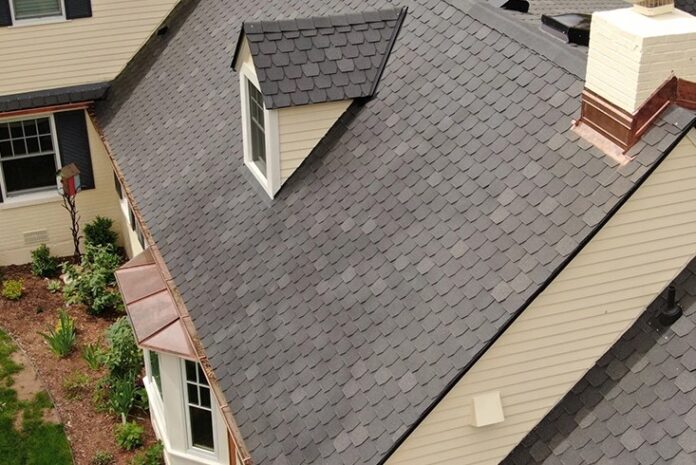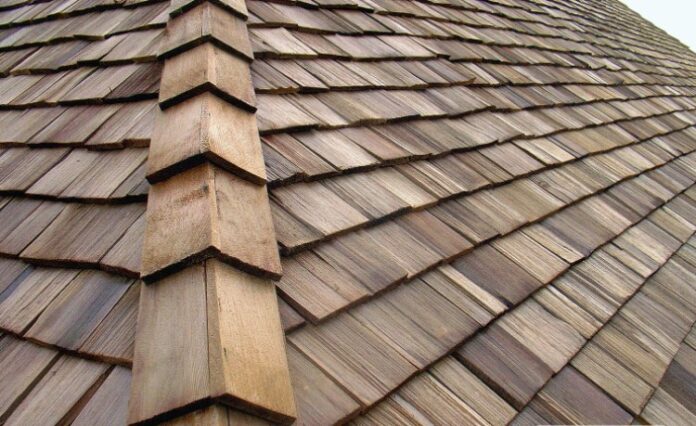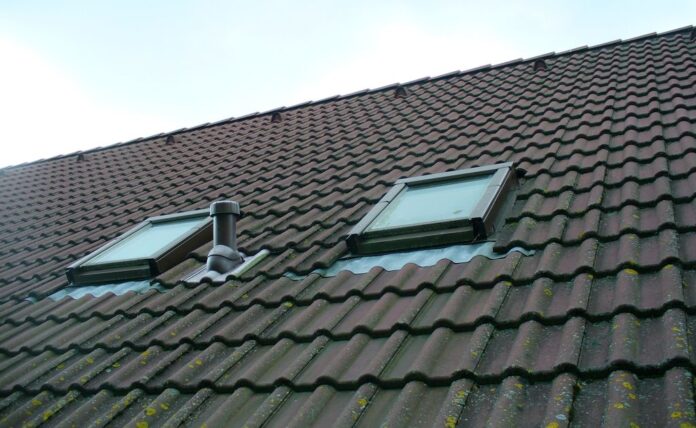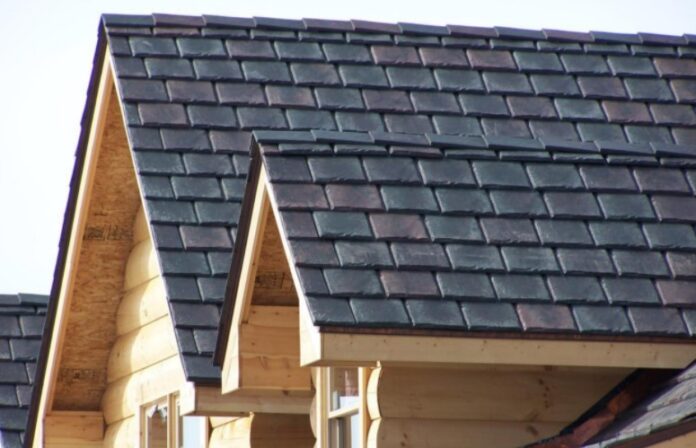
When you’re in the market for new roofing, whether that’s for a home you’re having built or because it’s time to tear off and replace a roof, you might note some suggestions for various roofing material options. While standard asphalt shingles offer many advantages, they’re not the only choice on the market today!
Consider this simple guide to roofing materials you might choose for your home, and then discuss these materials with a contractor near you. Thenewtonroofers.com can help you decide the right roofing for the job, so you’re happy with your investment for many years to come!
1. Asphalt Shingle Roofing

Asphalt composite shingle roofing is a popular choice, no doubt because shingles are typically the most affordable option and virtually every roofer knows how to install and repair shingled roofs! Shingles are flexible and pliable so they easily move with a roof’s expansion and contraction throughout the year.
Asphalt shingles typically come with a 20-30 year warranty, and they are recyclable. The downside to shingles is that they can look a bit dull and industrial, and they’re also quite heavy. If you’re thinking of adding a new roof layer over the existing roof, shingles might put too much weight on the roof and lead to cracking and buckling, and other damage.
2. Standing Seam Metal Roofing
Metal roofing is not just for commercial structures! Metal is becoming very popular for residential homes, as it’s durable and lightweight and also fire resistant. The smooth surface of metal also encourages water, ice, and snow runoff, reducing the risk of roof damage especially during winter months. It also lasts for decades, if not even indefinitely.
Metal roofing is also very eco-friendly as the material is easily recyclable. While not every roofer is experienced or qualified in installing metal panels, the material’s popularity is growing among homeowners so that more and more roofing companies are offering metal as an alternative to standard shingles.
3. Wood Shingles or Shakes

If you prefer a rustic, natural style to your home or want to add some warmth to its exterior, consider wood shingles or shakes. Shingles are manufactured by precise sawing and offer a uniform look, while shakes are larger pieces produced by splitting wood. Individual shakes will have a unique appearance, giving a roof lots of visual interest and appeal!
Wood roofs are typically valued for their appearance as the material doesn’t offer much longevity, often warrantied at just 20 years in damp climates. Wood is also not very fire resistant and can be one of the more expensive options for your home.
4. Clay Tile Roofing
It is made from earthen clay which is then fired in a kiln for hardness and durability. Clay is very resistant to water and salt damage, which is one reason it’s often used in southern or coastal areas prone to high humidity levels, airborne salt from nearby water bodies, and heavy rainfall.
Homeowners often appreciate clay tiles because they offer a natural look and texture, and the ruddy look of clay helps tone down metal siding and other drab exterior materials. Clay is also very long-lasting and can last a century or more! While clay roofing is typically one of the more expensive options for a home, it can also be the last roofing material you choose.
5. Concrete Roofing Tile

Concrete might not seem like a very attractive roofing option but one advantage of this material is that it can be stained and then stamped into a variety of colors and forms. Your neighbor’s beautiful stone patio might not even be genuine stone, but stamped concrete!
Concrete is also very durable and fire resistant, and a heavier material that isn’t likely to blow away in high winds and storms. Your concrete roof can also last some 50 years or more, and is also typically less expensive than clay and other high-end materials.
6. Slate Shingle Roofing
It is created from thin sheets of natural stone; as you would expect from stone, a slate roof is very water and fire resistant, making it an excellent choice in areas with heavy rainfall or the risk of bushfires. Slate is also extremely durable, as some historic homes boast slate roofs that are hundreds of years old but still in excellent condition!
Natural slate also offers an aesthetic you cannot match with other roofing materials, with a high-end look that’s perfect for the homeowner who demands nothing less than the best for their house. The downside to slate is that it’s typically one of the most expensive roofing materials you can choose, and you might need to do a bit of searching to find a roofer qualified to install or repair slate roofs.
7. Synthetic Plastic and Rubber Roofing

Synthetic roofing materials are somewhat new to the market but they offer many advantages, including affordability! Plastic can be molded into a variety of shapes and offers lots of water resistance. It’s also lightweight and durable, and easy to repair and maintain.
Rubber roof shingles are also a lightweight, affordable option. Recycled rubber and plastic are also eco-friendly roofing choices, keeping these materials out of landfills and reducing the amount of virgin materials needed for new roofing.
The downside to both rubber and plastic is that they do have a synthetic look that not every homeowner appreciates and which might clash with traditional or craftsman style homes. Not every roofer is experienced with installing rubber and plastic tiles, so you might also need to do some searching to find a qualified contractor.
To ensure you make the right choice for your roofing needs, remember to consider more than just the price. Investing in high-quality metal or clay can mean never having to buy another roof for your house and enjoying a durable roof overhead for as long as you own your home. You should also enjoy your home’s appearance from the outside, so opt for a roofing material that adds personality and style to your property as well.











